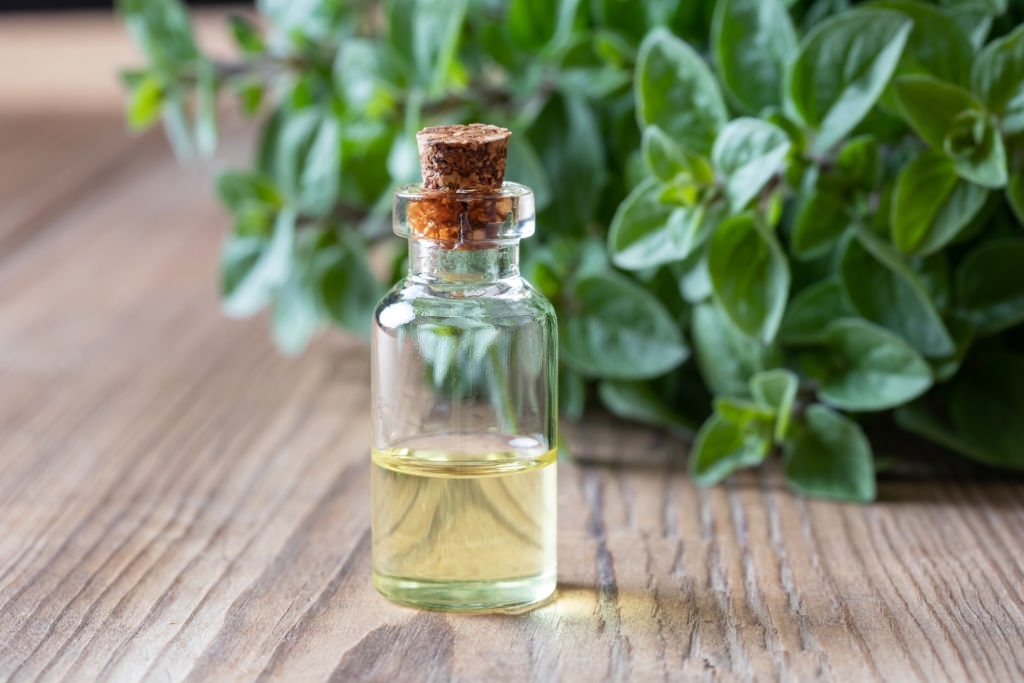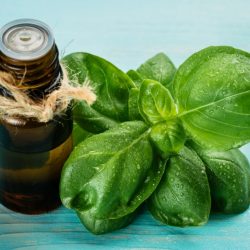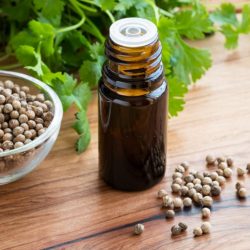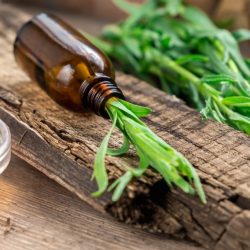Originally from the Mediterranean basin and Central Asia, oregano appeared in Antiquity as a product with medicinal properties . A cousin of marjoram , this aromatic plant was considered “sacred” by both Egyptians and Indians. Oregano has been one of the essential herbs for medicine and cooking since ancient times. But beware, very different species are often mistakenly called “oregano”.
A little history
The oregano mentioned by Aristotle , Theophrastus , Hippocrates , Pliny and many others is not always our oregano, but a species called “ Dictamnus ”. In Greek medicine, Dioscorides (1st century) recommended it in particular for gastritis. In traditional medicine, its leaves are thus crushed to relieve cold nostrils and as a poultice or infusion against joint pain. It is also considered tonic and aphrodisiac. Valnet (20th century) recommends it for chronic bronchitis and irritative coughs (eg whooping cough), as well as for aerophagia and rheumatic pains.
As for the Romans as well as the Greeks, they were indeed convinced that it had aphrodisiac properties, symbolizing fertility and joy. Also, some newlyweds wear wreaths woven with oregano. It was not until the 13th century that the name “oregano” was born, meaning “love of the mountains”. Legend has it that this mountain herb was created by Venus to heal wounds caused by Cupid ‘s famous arrows .
What are the pharmacological properties of the essential oil of Oregano flowers ?
Antimicrobial effect:
The antimicrobial effect of essential oil of compact oregano has been demonstrated in particular against Escherichia coli, Salmonella typhimurium , staphylococcus aureus and Klebsiella pneumoniae. This oil is also antifungal against fungi involved in skin diseases, candidiasis and aspergillosis. Antiviral , carvacrol degrades the proteins of the capsid, its viral envelope and thus destroys the virus.
Oregano is therefore bactericidal even against germs resistant to antibiotics with which it enters into synergy.
Thymol as well as carvacrol are inhibitors of bacterial efflux pumps, especially in synergistic combination and inhibit the formation of biofilm and the virulence of certain bacteria ( Escherichia coli, Salmonella enteritidis ).
Antioxidant effect:
Oregano is an antioxidant as well as a DNA protector , this effect has been demonstrated in vitro against hydrogen peroxide.
Other effects:
- Immunostimulant
- cortisone-like
- Tonic and general stimulant, physical, psychoemotional and sexual
- Cortico-stimulant
- GABA-ergic
- Anti-inflammatory
Does the essential oil of Oregano require precautions for use?
- Do not diffuse, inhale or put in bath water
- Dermocaustic, revulsive action on the skin in its pure state and aggressive for the mucous membranes (redness, irritation, pruritus, necrosis)
- Contraindicated in pregnant or breastfeeding women
- Contraindicated in children under 12 years old
- No more than 10 days of use
- Avoid in combination with cortisone , risk of drug interaction
- Do not use over a prolonged period, at the risk of resting the pituitary-adrenal axis and suffering acute adrenal insufficiency when stopping the essential oil
- Avoid applying oregano essential oil in the evening (or before any rest period)
- Not recommended for people with osteoporosis, due to the inherent risk of decalcification
- Caution for internal use, acute hepatotoxicity at very low doses
- Drug interactions with essential oils containing more than 10% sesquiterpenes
- Enzyme inhibitor, risk of drug interactions, ask your pharmacist for advice
- Beware of possible gynecomastiantes effects in prolonged use, linalool shows anti-androgenic activity as well as weak estrogenic activity by binding to estrogen receptors. Linalool indeed prevents the production of testosterone, so it should be avoided in male individuals (endocrine disruptor)
- Contraindicated orally in case of gastritis, ulcers and liver problems
Medical bibliographic sources and clinical trials :
- S. Bouhdid, J. Abrini, A. Zhiri, M.J. Espuny, A. Manresa. >Investigation of functional and morphological changes in Pseudomonas aeruginosa and Staphylococcus aureus cells induced by Origanum compactum car essential oil. Journal of Applied Microbiology, Volume 106, Issue 5, pages 1558–1568, May 2009
- Marchese A, Orhan IE, Daglia M, Barbieri R, Di Lorenzo A, Nabavi SF, Gortzi O, Izadi M, Nabavi SM. Antibacterial and antifungal activities of thymol: A brief review of the literature. Food Chem. 2016
- Lambert RJ, Skandamis PN, Coote PJ, Nychas GJ. A study of the minimum inhibitory concentration and mode of action of oregano essential oil, thymol and car vacrol. J Appl Microbiol. 2001
- Souza EL, Oliveira CEV, Stamford TLM, Conceição ML, Neto NJG. Influence of car vacrol and thymol on the physiological attributes, enterotoxin production and surface characteristics of Staphylococcus aureus strains isolated from foods. Brazilian Journal of Microbiology. 2013
- Miladi H, Zmantar T, Chaabouni Y, Fedhila K, Bakhrouf A, Mahdouani K, Chaieb K. Antibacterial and efflux pump inhibitors of thymol and car vacrol against food-borne pathogens. Microb Pathog. 2016
- Lee JH, Kim YG, Lee J. Car vacrol-rich oregano oil and thymol-rich thyme red oil inhibit biofilm formation and the virulence of uropathogenic Escherichia coli. J Appl Microbiol. 2017
- Čabarkapa I, Čolović R, Đuragić O, Popović S, Kokić B, Milanov D, Pezo L. Anti-biofilm activities of essential oils rich in car vacrol and thymol against Salmonella Enteritidis. Biofouling. 2019
- Noshirvani, N., & Fasihi, H. (2018). Control of Aspergilus niger in vitro and in vivo by three Iranian essential oils. International Food Research Journal
- Hakima Moussa, Bouchra El Omari, Hanane Chefchaou, Mariam Tanghort, Aouatef car Mzabi, Najat Chami & Adnane Remmal (2020) Action of thymol, car vacrol and eugenol on Penicillium and Geotrichum isolates resistant to commercial fungicides and causing postharvest citrus decay, Canadian Journal of Plant Pathology
- Braga PC, Dal Sasso M, Culici M, Galastri L, Marceca MT, Guffanti EE. Antioxidant Potential of Thymol Determined by car Chemiluminescence Inhibition in Human Neutrophils and Cell-Free Systems. Pharmacology 2006
- Nedyalka V. Yanishlieva, Emma M. Marinova, Michael H. Gordon, Violeta G. Raneva. Antioxidant activity and mechanism of action of thymol and car vacrol in two lipid systems. Food Chemistry, Volume 64, Issue 1, 1 January 1999
- Horvathova E, Navarova J, Galova E, Sevcovicova A, Chodakova L, Snahnicanova Z, Melusova M, Kozics K, Slamenova D. Assessment of antioxidative, chelating, and DNA-protective effects of selected essential oil components (eugenol, car vacrol, thymol, borneol, eucalyptol) of plants and intact Rosmarinus officinalis oil. J Agric Food Chem. 2014
- Fernanda Car olina Fachini-Queiroz, Raquel Kummer, Camila Fernanda Estevão-Silva, Maria Dalva de Barros Car valho, Joice Maria Cunha, Renata Grespan, Ciomar Aparecida Bersani-Amado, Roberto Kenji Nakamura Cuman. Effects of Thymol and Car vacrol, Constituents of Thymus vulgaris L. Essential Oil, on the Inflammatory Response. Evid Based Complement Alternat Med. 2012





